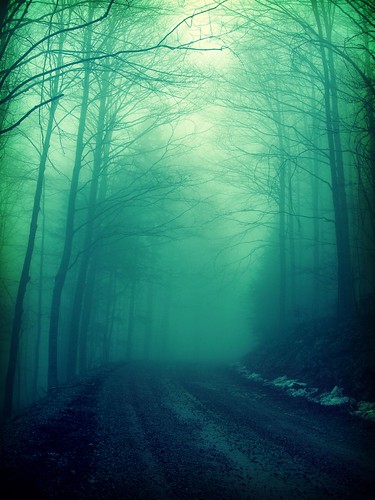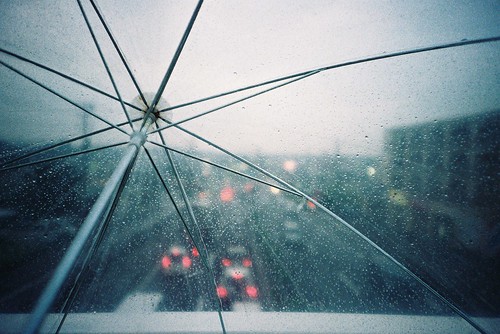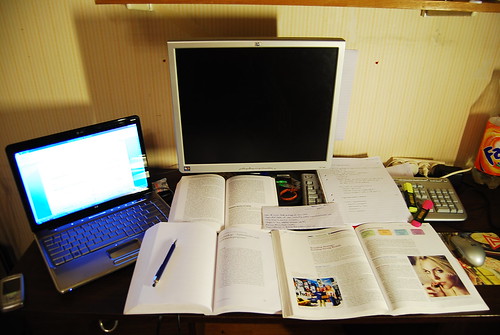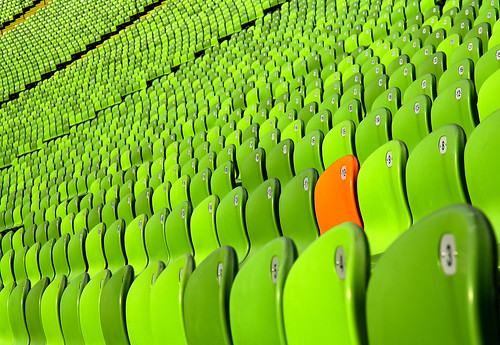orginal post by dps blog1. Slow Down Your Shutter Speed
The reason for movement blur is simply that the amount of time that the shutter of a camera is open is long enough to allow your camera’s image sensor to ’see’ the movement of your subject.
So the number one tip in capturing movement in an image is to select a longer shutter speed
If your shutter speed is fast (eg 1/4000th of a second) it’s not going to see much movement (unless the the subject is moving mighty fast) while if you select a longer shutter speed (eg 5 seconds) you don’t need your subject to move very much at all before you start to see blur.How long should your shutter speed be? - Of course the speed of your subject comes into play. A moving snail and a moving racing car will give you very different results at the same shutter speed.
The other factor that comes into play in determining shutter speed is how much light there is in the scene you are photographing. A longer shutter speed lets more light into your camera and runs the risk of blowing out or overexposing your shot. We’ll cover some ways to let less light in and give you the option to have longer shutter speeds below.
So how long should your shutter speed be to get movement blur in your shot? There is no ‘answer’ for this question as it will obviously vary a lot depending upon the speed of your subject, how much blur you want to capture and how well lit the subject is. The key is to experiment (something that a digital camera is ideal for as you can take as many shots as you like without it costing you anything).
photo by: mjmr2008
2. Secure Your Camera
There are two ways to get a feeling of movement in your images - have your subject move or have your camera move (or both). In the majority of cases that we featured in last week’s post it was the subject that was moving.
In this type of shot you need to do everything that you can to keep your camera perfectly still or in addition to the blur from the subject you’ll find that the whole frame looks like it’s moving as a result of using a longer shutter speed. Whether it be by using a tripod or have your camera sitting on some other still object (consider a shutter release mechanism or using the self timer) you’ll want to ensure that camera is perfectly still.
3. Shutter Priority Mode
One of the most important settings in photographing an image which emphasizes movement is the shutter speed (as outlined above). Even small changes in shutter speed will have a big impact upon your shot - so you want to shoot in a mode that gives you full control over it.
This means either switching your camera into full Manual Mode or Shutter Priority Mode. Shutter Priority Mode is a mode that allows you to set your shutter speed and where the camera chooses other settings (like Aperture) to ensure the shot is well exposed. It’s a very handy mode to play with as it ensures you get the movement effect that you’re after but also generally well exposed shots.
The other option is to go with Manual mode if you feel more confident in getting the aperture/shutter speed balance right.
photo by: Rob Caugh
All images where taken from the Flickr Group


















 What can you make with six speedlight flashes, a coffee can and a little spare time?
What can you make with six speedlight flashes, a coffee can and a little spare time?  All you need for this one (pictured left) is a used milk bottle/jug and some scissors.
All you need for this one (pictured left) is a used milk bottle/jug and some scissors.  Have you ever wanted to replicate the crisp clean product images that you see in catalogs with the products seemingly floating on a white background?
Have you ever wanted to replicate the crisp clean product images that you see in catalogs with the products seemingly floating on a white background? Another cool DIY Hack is this
Another cool DIY Hack is this  Beauty dishes are wonderful pieces of photographic equipment to experiment with - but they can be very expensive.
Beauty dishes are wonderful pieces of photographic equipment to experiment with - but they can be very expensive.  I’d not heard of this type of device before - but since I found this tutorial I’ve discovered a number of photographers who for one reason or another want to be able to extend the reach of their flash.
I’d not heard of this type of device before - but since I found this tutorial I’ve discovered a number of photographers who for one reason or another want to be able to extend the reach of their flash. Lately I’ve had more and more questions from readers about how to set up shots with multiple flash units to light a subject from more than one angle.
Lately I’ve had more and more questions from readers about how to set up shots with multiple flash units to light a subject from more than one angle. Another way that professional photographers diffuse the light that comes from a flash and gets a nice subtle and even light on their subject is to use a softbox
Another way that professional photographers diffuse the light that comes from a flash and gets a nice subtle and even light on their subject is to use a softbox
 It’s time for one last DIY lighting hack - this one attempts to bring it all together with a
It’s time for one last DIY lighting hack - this one attempts to bring it all together with a 






